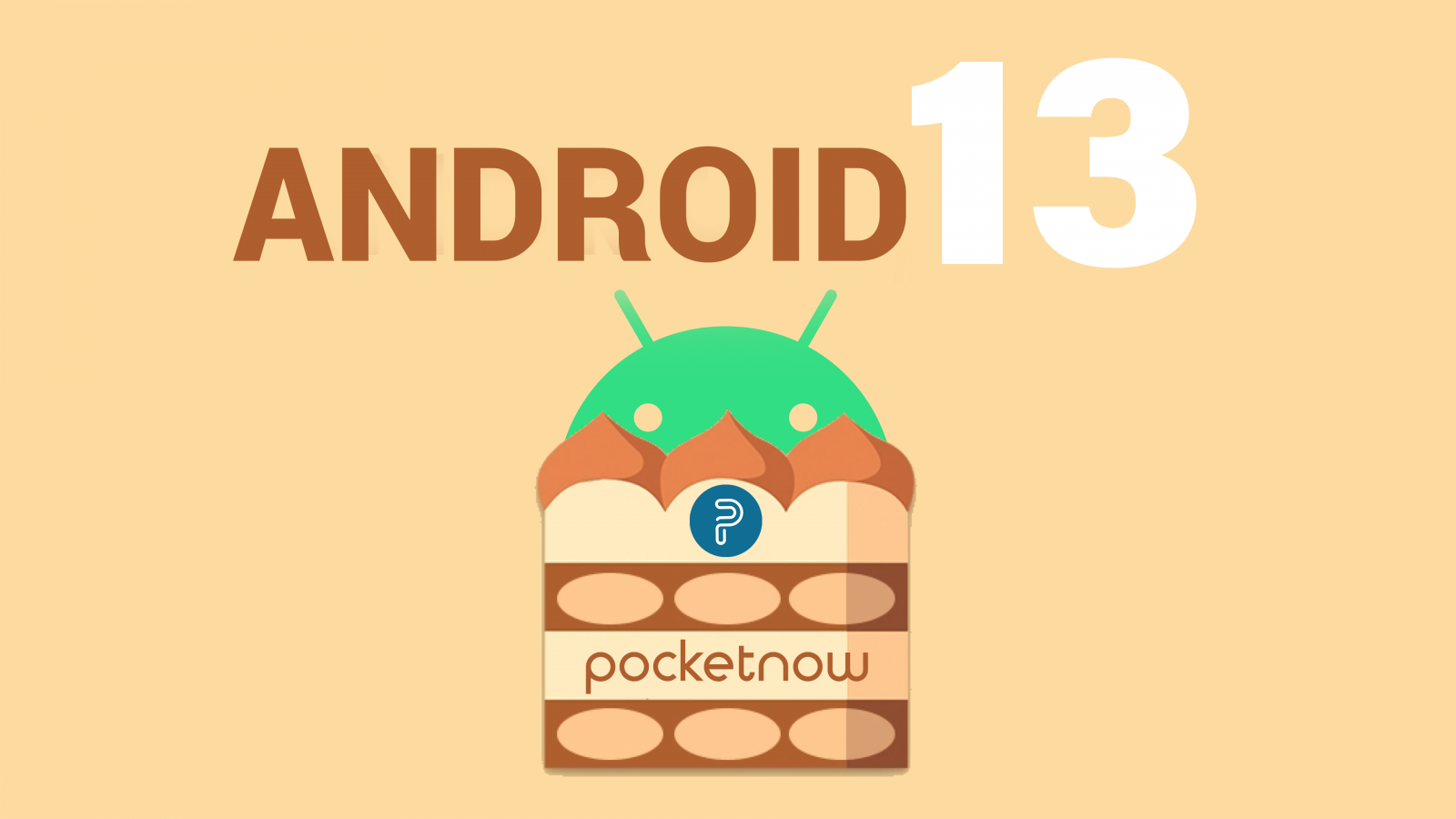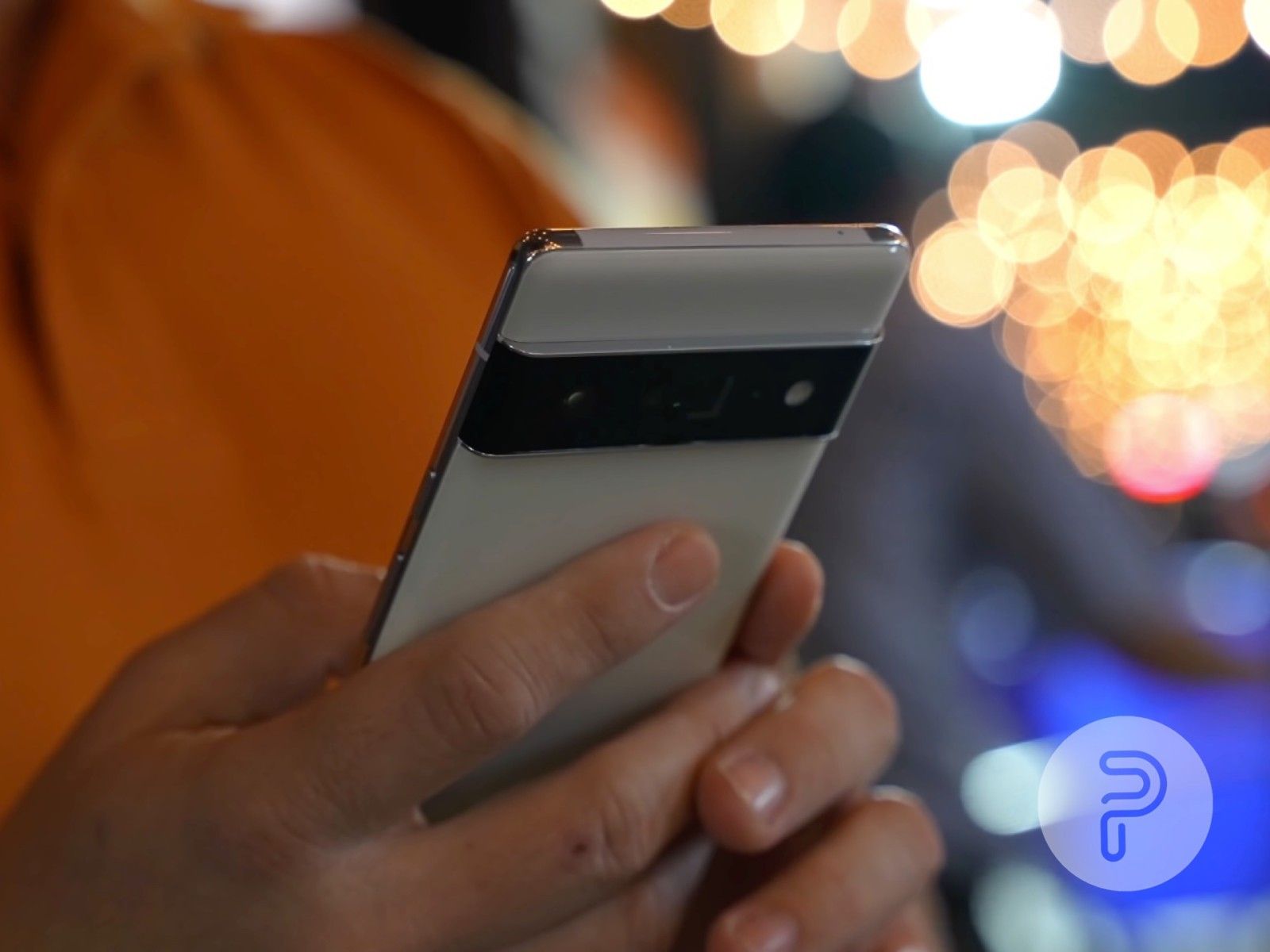SIM cards are the beating heart of our smartphones. They enable vital functions such as calling, sending SMS, and connecting to the internet. Without a SIM card, most smartphones can't function normally — an iPhone needs a SIM card to activate first. But, in recent years, physical SIM cards have (slowly) started to fade away. Most smartphone manufacturers have switched to offering a digital version of the SIM card called eSIM.
Through eSIM, smartphones manufacturers have found a way of offering dual SIM functionality. In modern-day smartphones, there's a slot for a physical SIM card and an option to activate eSIM through settings. This basically allows users to use two different carriers/SIM cards on one phone. Now, according to a new report from Esper, Google is preparing to totally eliminate physical SIM cards by providing an option for dual eSIM in Android 13.
Source: Pocketnow video
Currently, only one carrier can be configured on an eSIM card. The report from Esper points to a patent filed by the company in 2020. The technology called multiple enabled profiles (MEP) would allow multiple SIM profiles to be configured on a single eSIM. The physical interface would remain the same. It's just that Android 13 could allow multiple logical interfaces (profiles) to be configured on a single physical eSIM interface. This means that even older Android smartphones could support this feature.
Along with eSIM, a new technology called iSIM is also being tested by big tech companies like Qualcomm and MediaTek. Interested in knowing more about iSIM technology? Check out what an iSIM is and what are the major differences between eSIM vs iSIM here.
Could Android 13 pave way for eSIM only smartphones?
With this technology, Google could pave way for a world of smartphones that have only eSIMs. There can be multiple reasons behind this that we could point out. Some of them are mentioned down below:
- Tighter control over contracted smartphones sold by carriers
Most of the smartphones sold in the US are based on contracts. Customers pay for a smartphone and its cellular data plan at a fixed cost per month. With eSIM-only smartphones, carriers could have tighter control over contracted smartphones. Moreover, illegal ways of unlocking carrier-locked smartphones could also be limited due to eSIM.
Source: Unsplash
- Less wastage of resources
According to a report, around 380 million tonnes of plastic was produced in 2020. Within this plastic wastage, around 4.5 billion SIM cards were produced in 2020 generating a significant amount of CO2 and plastic. With eSIM, we could limit the amount of plastic wastage since the SIM card is directly soldered in the motherboard.
- More space for other components in the smartphone
Unlike physical SIM card slot which takes up a lot of space in smartphones, eSIM cards take less space in the smartphone since they are directly soldered on the motherboard. Manufacturers can use the saved space for other components such as bigger batteries, more room for camera sensors, etc.
- Easy switching between carriers
Currently, if you have to switch carriers, it takes a lot of time. You have to first send a port request, get the SIM card of the new carrier, wait till the request is processed, and then switch carriers — it's a fuss. Switch to eSIM only could allow switching between carriers faster as the step to get the new SIM card is eliminated.
Though these reasons may sound enough for Google to switch to eSIM-only immediately, there are many reasons why Google wouldn't want to do it just yet. One of the reasons is that not all the carriers around the world support eSIM just yet. Moreover, as XDA Developers notes, "many devices sold internationally need to have two SIMs of some kind." Due to these reasons, we might not get eSIM-only smartphones just yet, but we can definitely see it happening one day.
Source: Pocketnow video
Google hasn't officially announced support for two eSIMs in Android 13 yet. The report only points out the code found in the latest Android 13 Developer Preview 2 build which suggests that Google could bring this feature to the next-gen operating system. We expect more information to be available at the Google I/O 2022 which is scheduled to take place next month.
But, what are your thoughts on Google possibly switching to eSIM only in modern-day smartphones? Do you think a move to eSIM only is a smart move? Would you buy an Android smartphone with only an eSIM option and no physical SIM card slot? Let us know in the comments section down below!
Source: Esper




